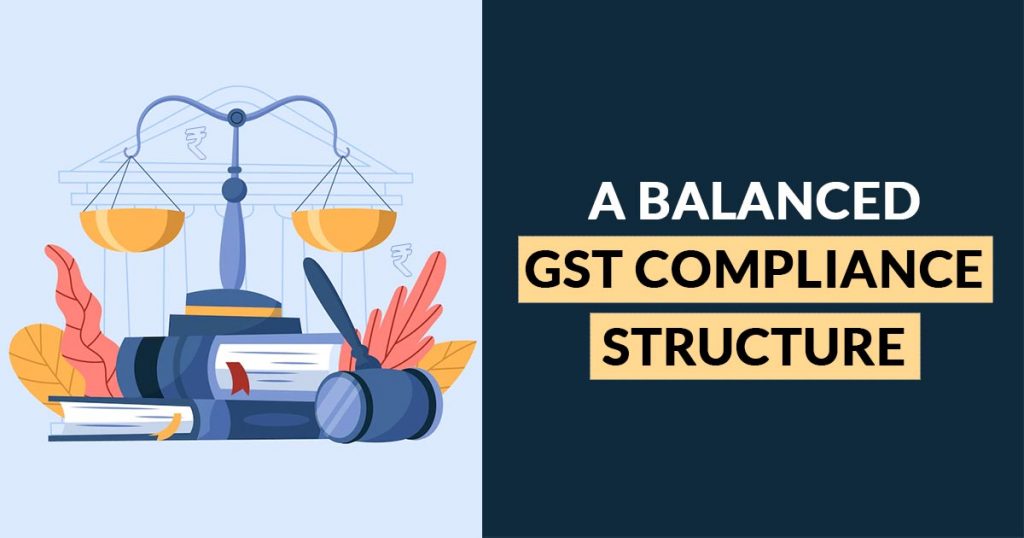
GST has been incorporated in India in 2017. This has changed the indirect tax systems of the country.
Seeing its ups and downs the government and industry have acknowledged that its stability could be attained if both give and take come at equilibrium. It is one of the reasons that the government has provided the weightage for resolving the issues and litigations. Measure taken by the government acts as proof such as the incorporation of various amnesty schemes to resolve legacy indirect tax conflicts. The article will provide you with various possibilities to ease the load of the issues that the GST system is carrying out.
What are Various Possibilities for Issues in the High GST Collection System?
GST would stand at a crucial phase where litigation stood at the initial stage. We only expect to resolve more and more issues. Acknowledging the complexities of the legislation and the former dispensation, no one is able to avoid the feature of any tax regime. Interpretation-based substantive problems would come between the government and businesses.
Currently, without a GST tribunal, various substantive questions of law would not get answered, leaving businesses in dangerous conditions, with no claim to approach the Hon’ble high courts. The costs and efforts engaged in these litigations along with the pressure it builds on the judiciary are worthless.
GST tribunal is being made critically, some of the assessees would be relied on the advance authorities to ask for the improvement and measure on the substantive problems. But in some of the cases, distinct state advance ruling heads have opposed the rulings on the identical problem towards a single entity. Excluding the national advance ruling authority for opting for the final call on the correct legal position while distinct registrations of the single entity would be imposed to comply with opposing positions.
The government is facing a lot from the business and industry after GST execution. On the other side, it is equally commanded for the accomplishments in digitizing the tax regime along with several compliance procedures. The tax base would get expanded from this and would build a requirement for verification and initiatives to reduce tax evasion.
Technology Suggested for Speed Up GST System
Various upgraded technology is being chosen to make the process of GST automated like transition, e-way bill compliances, e-invoicing, return filing, and matching of credits. There is a suggestion for system reforms towards the real-time validation of the bank accounts vide integration of the GST system with the National Payments Corporation of India suggested by the Group of Ministers.
Read Also: Practical GST ITC Claiming Complexness with Suggestions
Through these advancements toward the new indirect tax structure, the trade would be required to quickly adapt to the system. But in times of pandemic, the trades and businesses would have been affected and such a situation is learning for people. This bigger change of dispute is one of the major causes in which the trades were not able to follow the procedural need of the law.
Mismatch in GSTR 3B and 2A Form
The majority of the current litigations suffered via trade related to the procedural aspects like as mismatch in Form GSTR 2A and 3B, non-generation of e-way bills, non-filling of transition form before the due date, interest and late fee for late return filing, and deficiencies in refund claim because of lack of documentation.
Several Government Tax Resolution Schemes
For easing out the load on the assessee, the government can see out the prospect of affording a settlement policy on the same 5-year duration for the procedural issue seen by the bona fide assessee. The working prospect of the policy might be worked within the former amnesty schemes initiated via the government such as Sabka Vishwas Legacy Dispute Resolution Scheme for erstwhile indirect taxes, Vivad Se Vishwas Scheme for income tax, and Kar Samadhan Schemes for specific state taxes.
The policy proved to be a win for the assessee. On the opposite side, the taxpayer could settle the due litigation that would get raised because of the non-compliance of the procedural aspects, and the government would enable to recover the tax dues as soon as possible without having to spend considerable time and resources on litigations.
The GST officials could use its power on several important things like rationalizing the rate structure, introducing the GST Tribunal, and improving the advance ruling process. The same process will prove to be the balancing act between easing litigations for the assessee and the rising tax revenue for the government. The businesses might provide representations to the government asking for the same redressal policy to mitigate the avoidable litigations.